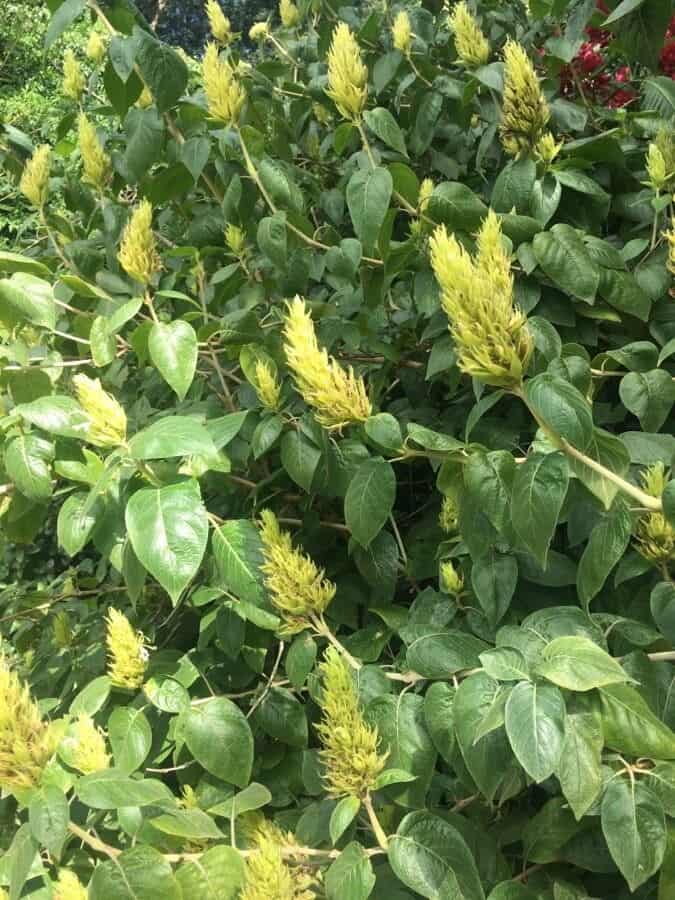Unveiling the Secrets of Harpochilus paraibanus Propagation: A Guide for Orchid Lovers
Harpochilus paraibanus, a mesmerizing orchid native to Brazil, captivates with its vibrant yellow-green flowers adorned with intricate brown markings. While its beauty is undeniable, cultivating this species can seem daunting. But fear not, fellow plant enthusiasts! This guide delves into the art of Harpochilus paraibanus propagation, providing you with the knowledge to expand your orchid family.
Understanding the Basics
Before diving into the specifics, it’s crucial to understand the natural tendencies of Harpochilus paraibanus. This epiphytic orchid, meaning it grows on other plants for support, thrives in warm, humid environments with bright, indirect light. Replicating these conditions is key to successful propagation.
Propagation Methods
While seed propagation is possible, it requires specialized knowledge and lab-like conditions best left to experienced growers. For the average enthusiast, two methods reign supreme:
1. Division: This method, ideal for mature, healthy plants, involves carefully separating the rhizome (the horizontal stem) into sections.
* **Timing is Key:** Aim for spring or early summer when the plant exhibits active growth.
* **Tools of the Trade:** Sterilize your cutting tool (a sharp knife or pruning shears) to prevent infection.
* **Divide and Conquer:** Each division should have at least 3-4 pseudobulbs (the thickened stems that store water and nutrients) and a healthy root system.
* **Potting Up:** Use a well-draining orchid mix and provide ample humidity until new growth emerges. 2. Backbulb Propagation: Harpochilus paraibanus often produces "backbulbs" – older pseudobulbs that have lost their leaves. These seemingly dormant structures hold the potential for new life.
* **Identifying Potential:** Choose plump, healthy backbulbs without any signs of disease or damage.
* **Creating the Right Environment:** Place the backbulbs on top of moist sphagnum moss within a humid, warm environment, such as a propagation box or a loosely tied plastic bag.
* **Patience is a Virtue:** It might take several weeks or even months for new growths to appear. Nurturing New Growth
Whether you choose division or backbulb propagation, providing the right care after separating the new plants is paramount:
- Light: Bright, indirect light is essential. Avoid direct sunlight, as it can scorch the delicate leaves.
- Water: Water thoroughly when the potting mix approaches dryness. Good air circulation is crucial to prevent fungal issues.
- Humidity: Aim for humidity levels around 60-70%. Utilize a humidifier, pebble tray, or group plants together to increase humidity.
- Fertilizer: Use a diluted orchid fertilizer every other week during the growing season to provide essential nutrients.
Embracing the Journey
Propagating Harpochilus paraibanus requires patience and dedication. However, witnessing the emergence of new life from a division or a seemingly dormant backbulb is a rewarding experience for any plant enthusiast. By following these guidelines and providing attentive care, you can successfully expand your orchid collection and enjoy the captivating charm of Harpochilus paraibanus for years to come.

